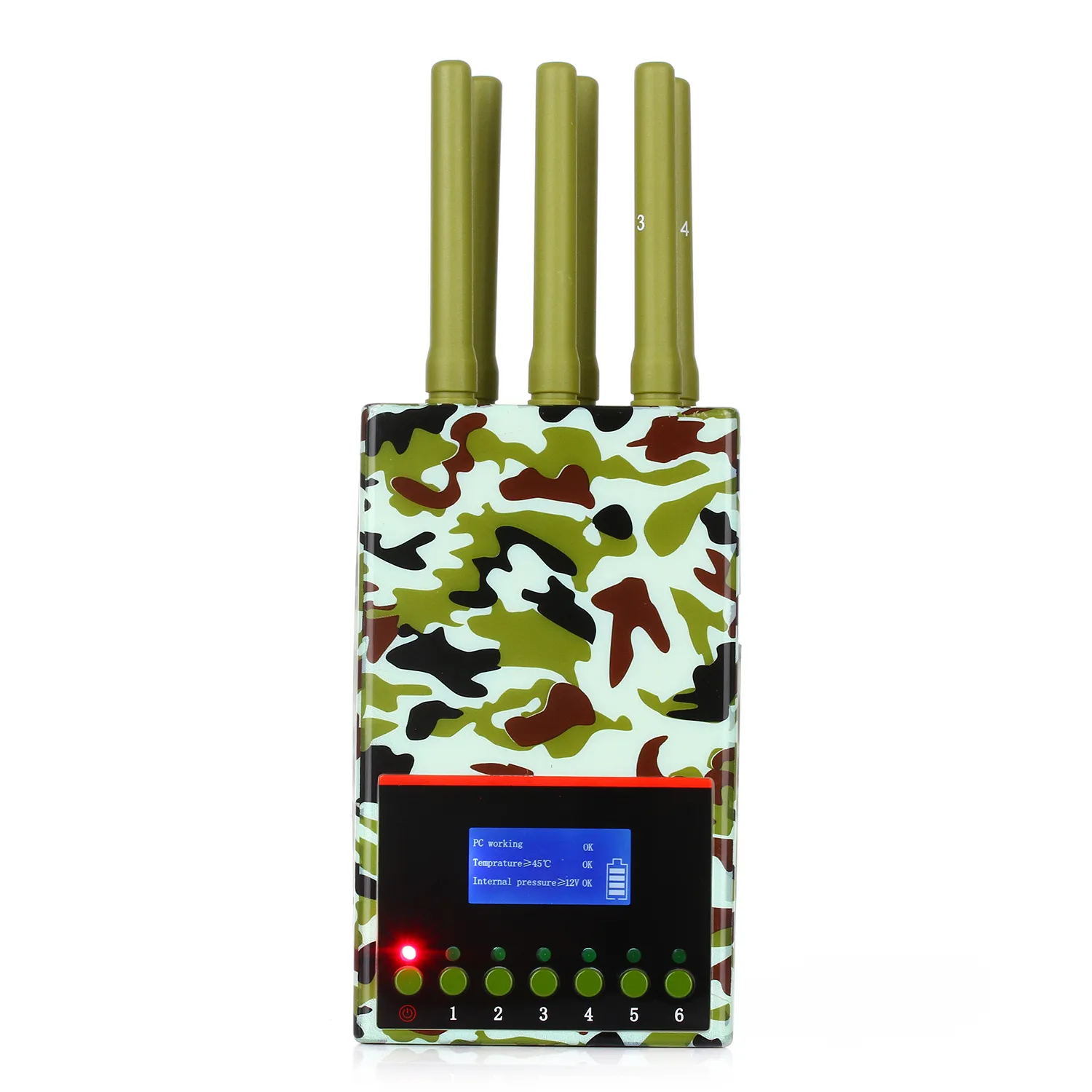Satellite jammers mainly have two methods of jamming satellites. The first is for the uplink, the transmission is from the ground to the satellite. This can be done by generating an interference signal of the same specific frequency and aiming it at the satellite, so the satellite cannot distinguish between actual communication and noise. The second option is to disrupt the downlink, which is the transmission from the satellite to the ground forces. According to the same principle, the satellite jammer will generate noise at the target frequency, but in this case, the jamming unit will not aim the signal at the satellite, but will send out a signal covering the ground area, where the ground force will wait for reception Communication. The transmission Power required to "obfuscate" the satellite is very high, but once it is achieved, it will effectively block the satellite for all terrestrial communications. The Power required to interfere with the downlink is much less, but its impact is limited on receiving terminal antennas that are far away and line of sight to the interferer. The size and transmission Power will determine the interference range (the downlink satellite jammer can be minimized to the size of a handheld cell phone jammer). The basic jamming capability is very simple and does not require complicated processing (so that the military often accidentally interferes with its own satellite communications). However, advanced satellite jammers can disrupt specific frequencies and frequency bands (for example, based on the satellites they will interfere with), and allow operators to pre-select frequencies or operate the jammer in a dynamic mode to interfere with satellite interference. The communication range is wider.
One would think that this obvious gap in communication security will be resolved immediately; after all, stingray surveillance has existed since the advent of mobile networks in the early 1990s. More importantly, the types of devices that rely on mobile networks (and therefore are vulnerable) have grown exponentially, including household appliances, "smart" devices, and multiple sensors with countless applications. However, despite advances in encryption in 3G and 4G networks, it is still possible for IMSI capturers to "force" communications to a more primitive and less secure 2G network protocol, thereby circumventing encryption. Even the acclaimed 5G network standard (finalized after fully documenting the security risks) cannot completely eliminate these vulnerabilities because there are still protocol elements sent in "clear text" that can be used to identify specific devices through their hardware and software characteristics. There is no doubt that more work needs to be done before all of us become "anti-parasites", and we can use jammers to prevent ourselves from becoming parasites.











